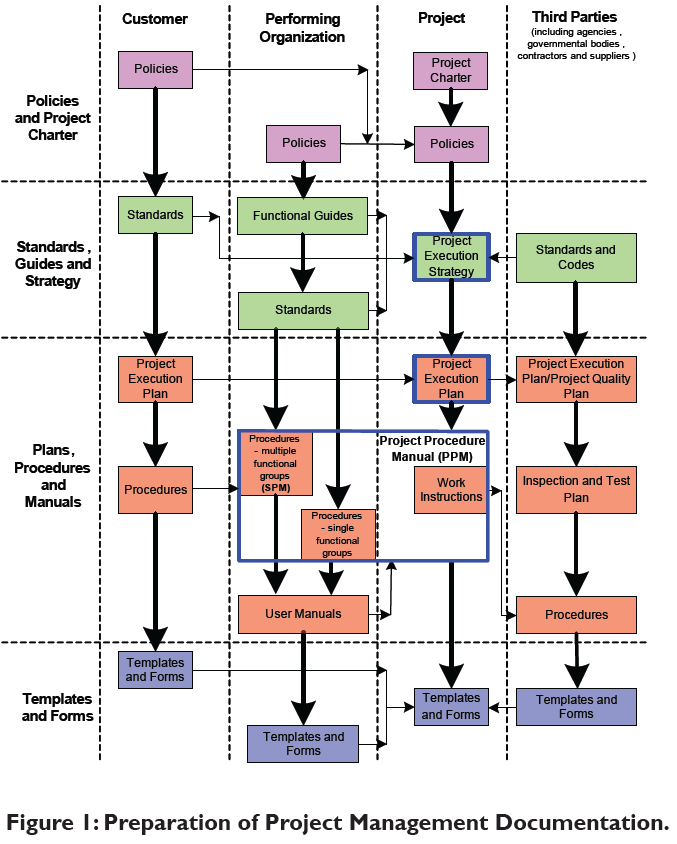Building Better Projects: The Duty of Construction Document Management in Success
Building Better Projects: The Duty of Construction Document Management in Success
Blog Article
Enhancing Operations Performance: Designer's Professional Techniques for Construction Document Monitoring
In the realm of architectural style and building, the careful monitoring of records stands as a cornerstone for project success. These techniques not only make sure smooth job development but also hold the essential to unlocking boosted performance and accuracy in the intricate realm of building paper administration.
Trick Document Organization Methods
When handling building records, one of the key techniques that architects employ is establishing a effective and organized company system. This system usually involves categorizing files based upon their kind, such as drawings, specs, contracts, and permits. By creating unique and clear classifications, designers can promptly situate details information when needed, saving time and reducing errors in the building process.
Within each classification, engineers additionally arrange files by developing subfolders or using numbering systems to signify revisions or versions (construction document management). This hierarchical structure makes sure that one of the most relevant and present info is easily accessible while keeping a record of changes made throughout the project timeline
In addition, designers often utilize electronic document management platforms that use attributes like keyword search features, variation control, and access limitations to enhance organization and collaboration amongst job stakeholders. These tools simplify the record retrieval procedure, advertise real-time updates, and help with seamless communication, ultimately adding to the overall success of the construction job.
Collaborative System Integration
To optimize paper administration efficiency in building and construction tasks, engineers seamlessly incorporate collective platforms to boost communication and simplify control amongst project stakeholders. By leveraging collective systems such as project management software application, cloud-based storage space systems, and interaction tools, designers can develop a centralized center for all project-related files and interaction channels. These platforms permit group members to access, evaluation, and collaborate on files in real-time, minimizing hold-ups and the threat of mistakes connected with typical file monitoring approaches.
Joint platform integration also fosters openness and liability within the task group, as all stakeholders have visibility right into the current project updates and revisions. By systematizing communication and record sharing, designers can make sure that all staff member are working from one of the most current details, lessening the opportunities of conflicts or misunderstandings emerging due to obsolete records.
Additionally, joint systems make it possible for smooth partnership between designers, contractors, customers, and other project stakeholders, advertising a much more cohesive and reliable job workflow. By damaging down communication barriers and assisting in info exchange, designers can drive efficiency and innovation in building tasks, inevitably bring about effective project outcomes.
Variation Control Ideal Practices
Implementing reliable version control practices is important for keeping record precision and consistency in building tasks. By developing a clear system for taking care of revisions, task groups can make certain that everybody is functioning from the most current paperwork, decreasing the risk of mistakes and disparities during the building stage.
One of the vital best techniques for version control is to assign distinct identifiers to every paper version. This can be achieved by utilizing a numbering system or day stamp that plainly indicates the order of revisions. By clearly classifying each iteration, staff member can easily track the development of the paper and identify one of the most recent variation.

Automation Tools for Performance

Paper control software, like Procore or PlanGrid, streamlines task documents, making it conveniently accessible to all stakeholders. These platforms permit real-time partnership, variation control, and automated back-ups, securing against information loss. Additionally, Building Details Modeling (BIM) software application automates the generation of building illustrations and guarantees that adjustments are synchronized throughout all related files.
Integrating automation devices with cloud storage space options better boosts access and safety and security. By automating the record administration procedure, project groups can concentrate their time and effort on value-adding tasks, inevitably enhancing efficiency and task results.
Secure Information Management Solutions
Properly handling and guarding job information is critical in the construction market to ensure privacy and integrity throughout the job lifecycle. Architectural companies can utilize encrypted cloud storage space services to firmly store and share project papers with authorized personnel.
In addition, using digital civil liberties administration (DRM) devices adds an added layer of safety and security by preventing the unapproved distribution or duplication of project documents. Normal information backups are necessary to alleviate the risk of data loss as a result of unforeseen click here to read situations like equipment failings or cyber-attacks. Collaborative systems with integrated security functions make it possible for seamless communication and documents sharing amongst project staff member while keeping data integrity.
Verdict
To conclude, carrying out vital document organization methods, incorporating collaborative systems, practicing version control best practices, using automation devices, and taking on safe and secure information management remedies are essential techniques for boosting operations efficiency in building paper monitoring. These expert techniques can improve procedures, boost interaction, make certain precision, and preserve data safety and security throughout the building job lifecycle.
In the realm of architectural layout and building and construction, the thorough monitoring of papers stands as a keystone for job success. These methods not only make sure smooth project progression but additionally hold the vital to opening boosted efficiency and precision in the intricate world of building file administration.
To enhance document monitoring effectiveness in construction tasks, designers seamlessly incorporate collective systems to enhance communication and enhance coordination among project stakeholders. These platforms permit group members to accessibility, testimonial, and collaborate on documents in real-time, minimizing hold-ups and the danger of mistakes linked with traditional file monitoring approaches.
Making use of additional hints automation devices in building record management substantially enhances effectiveness and improves processes for job teams. construction document management.
Report this page